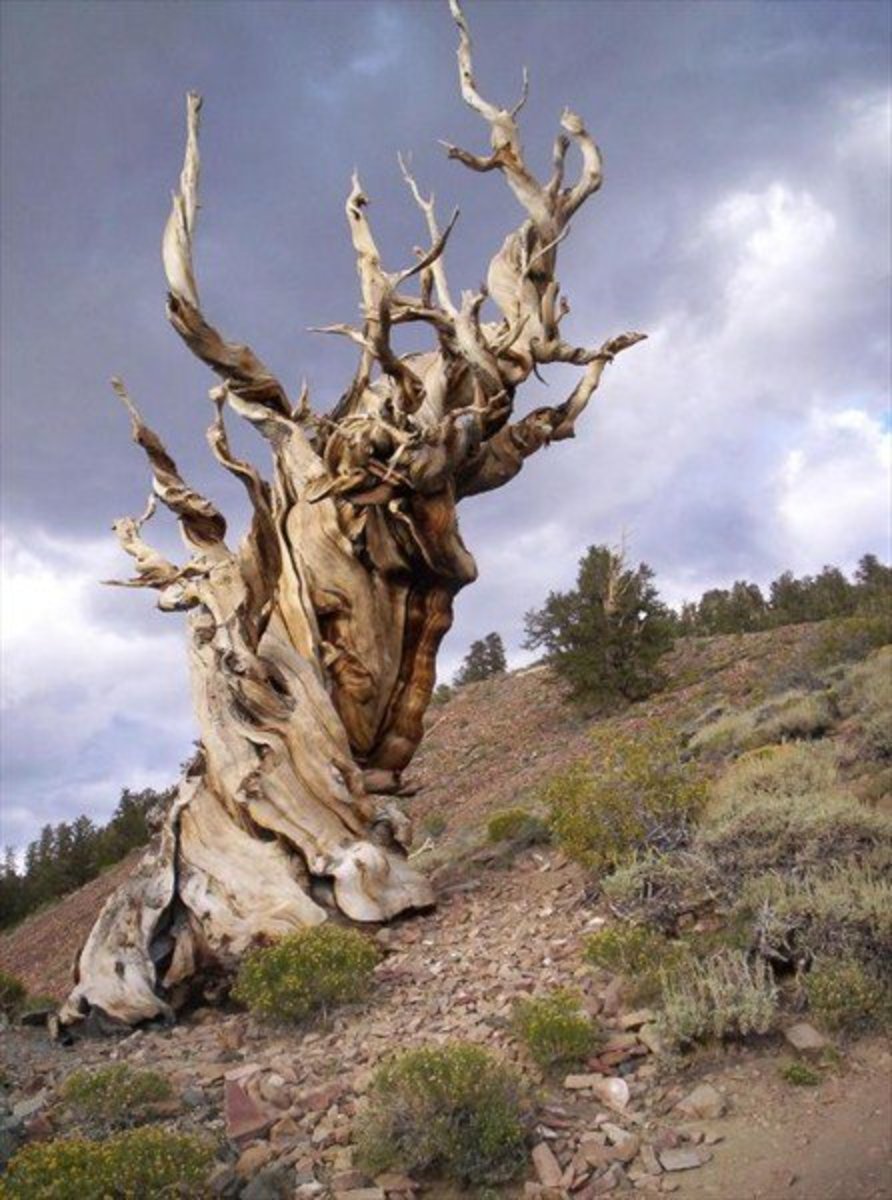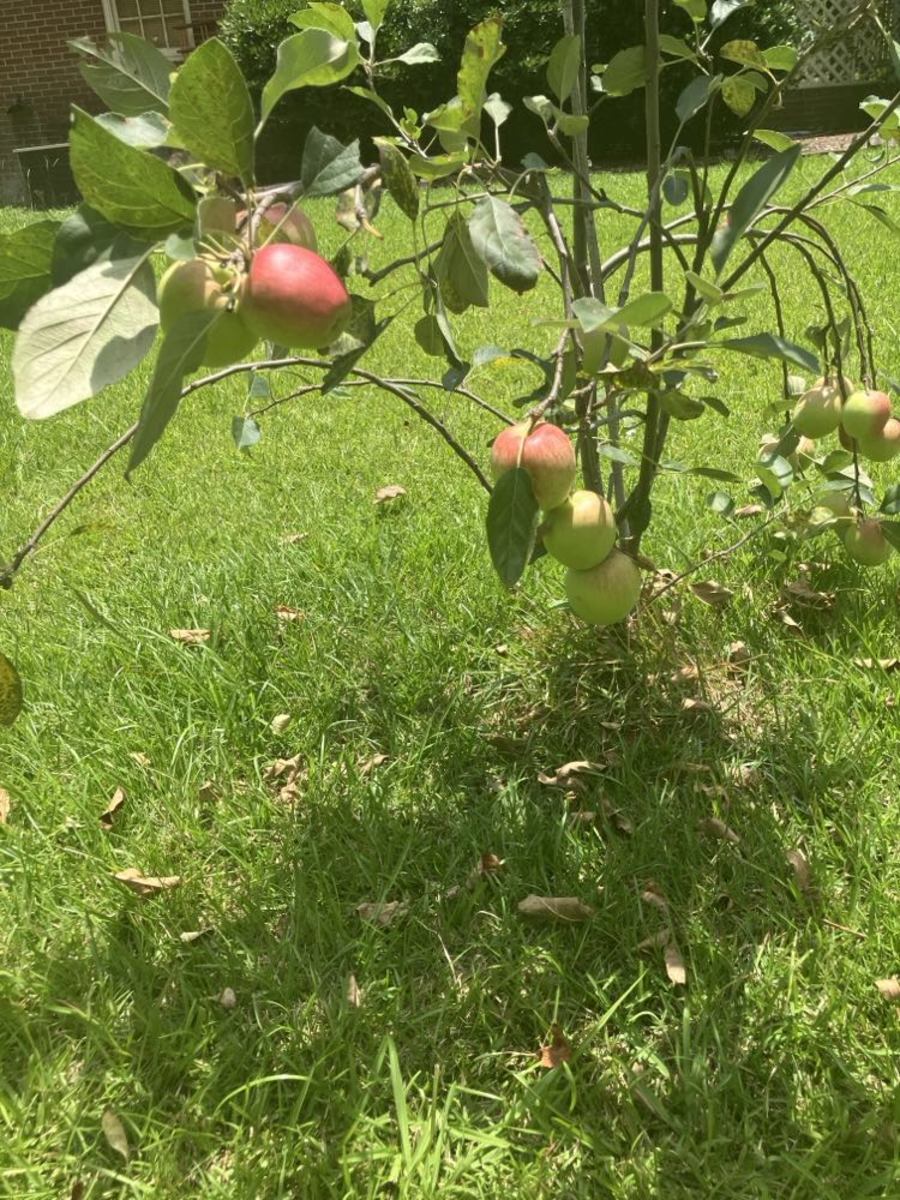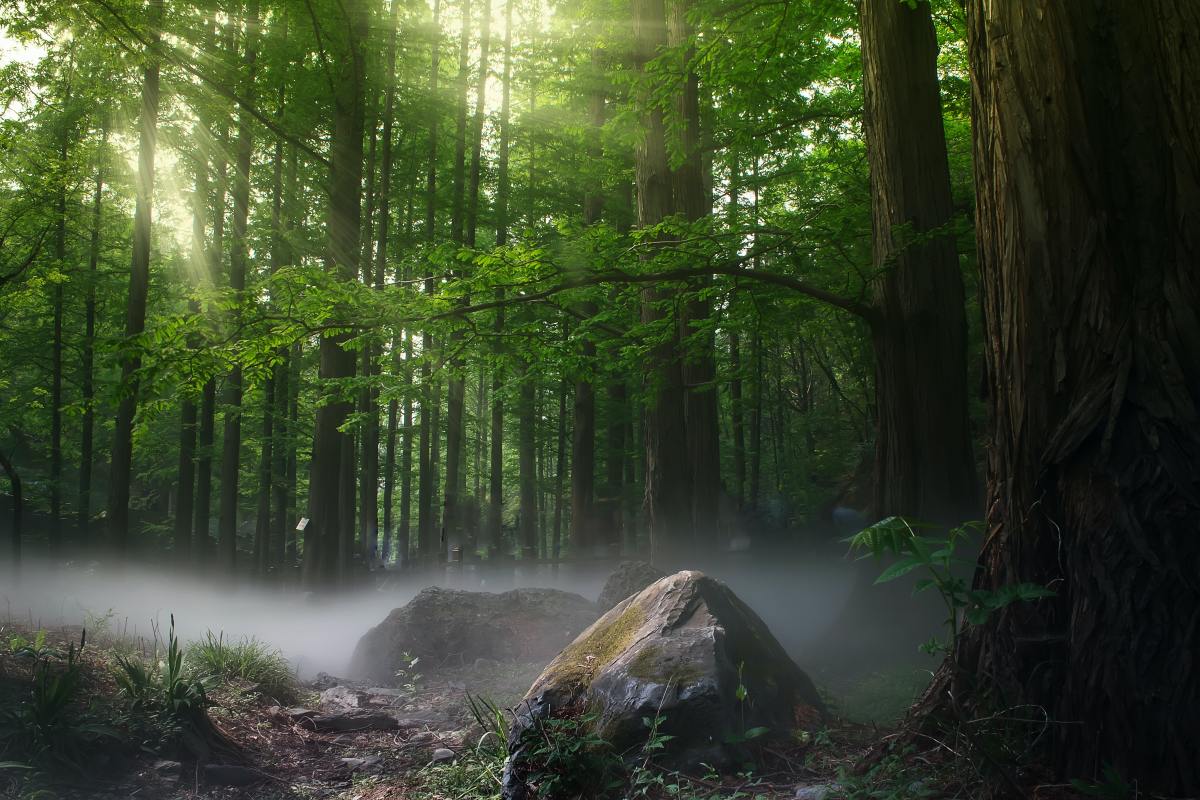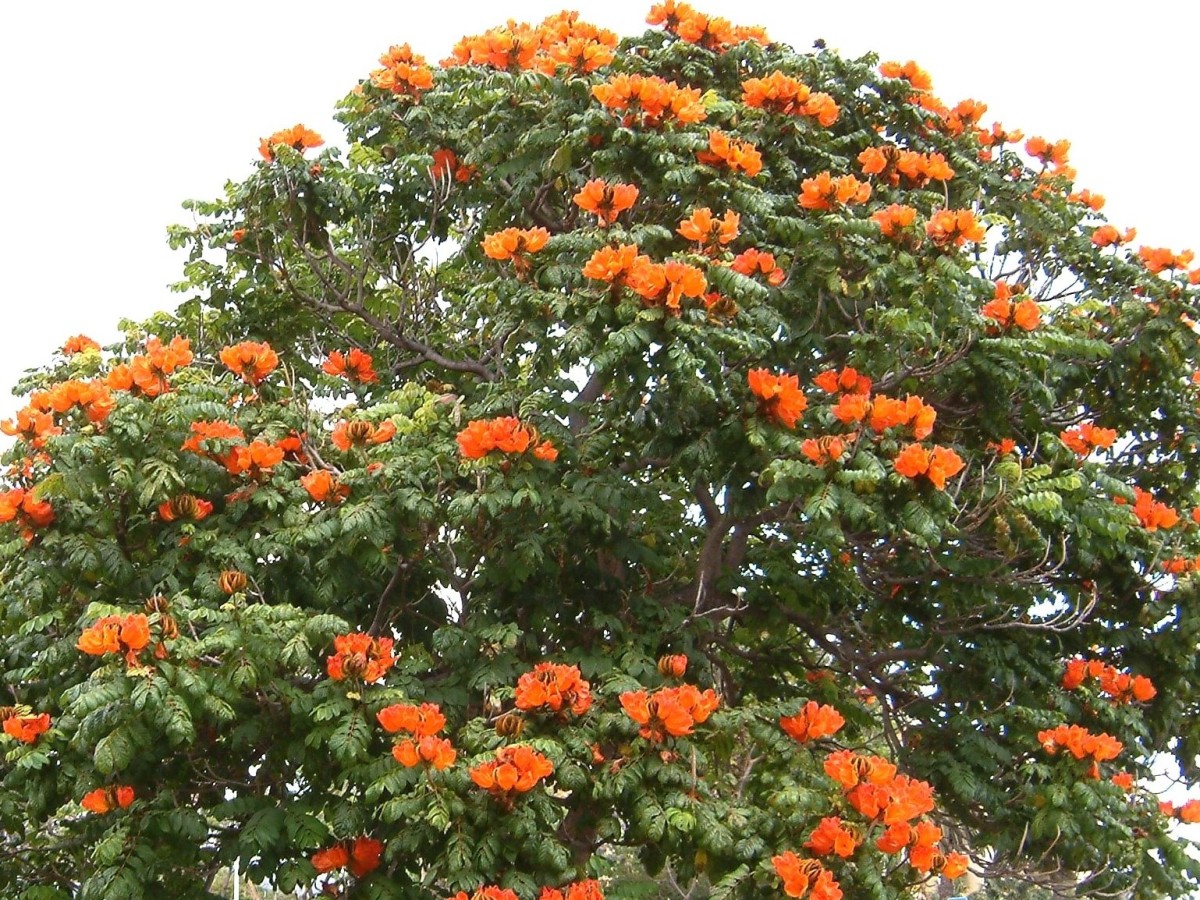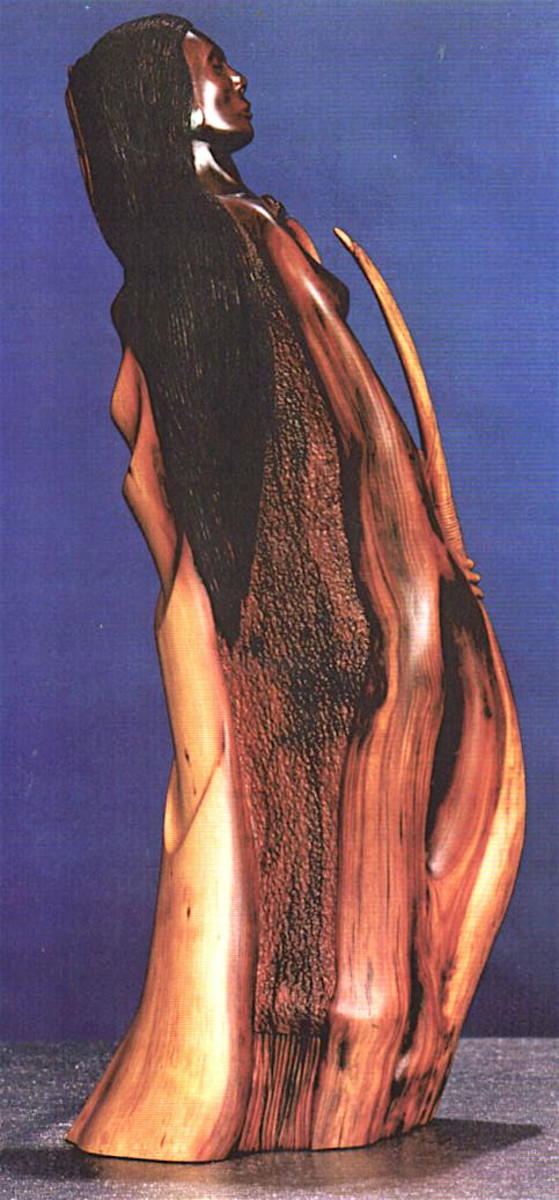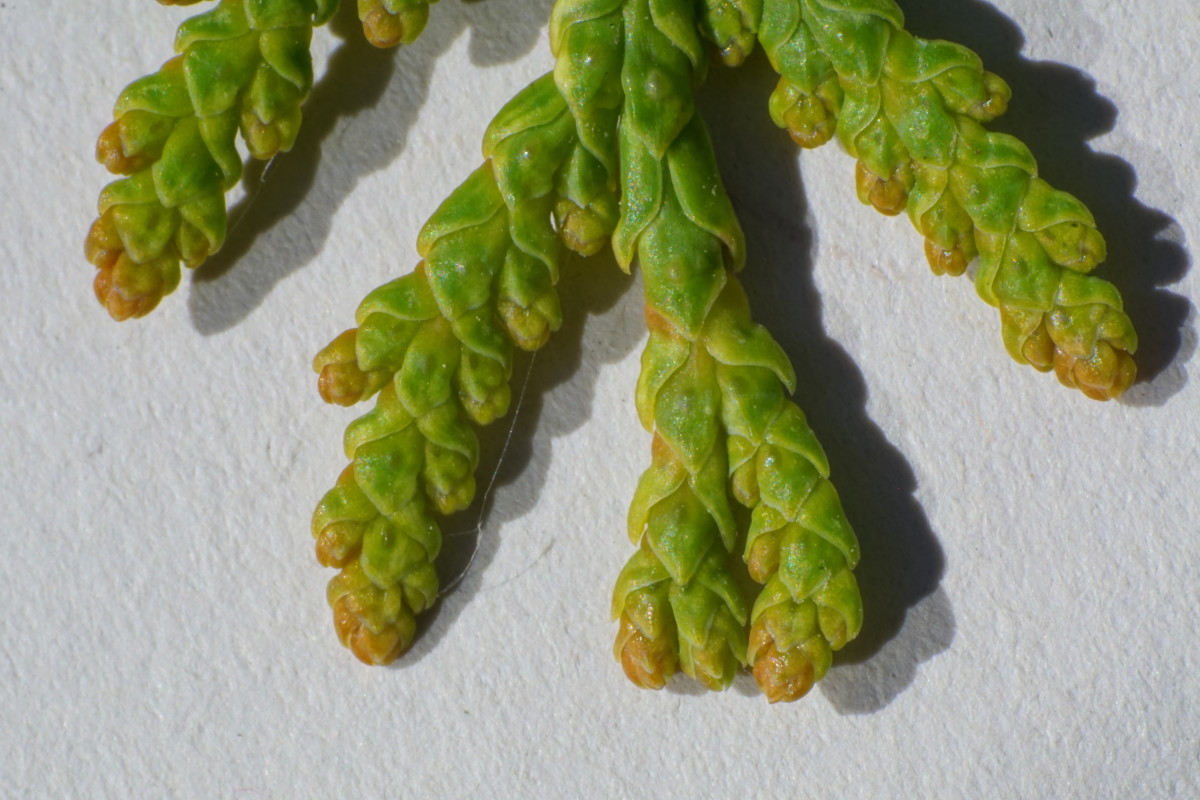Championing the Environment: A Study of Hatshepsut and Wangari Maathai
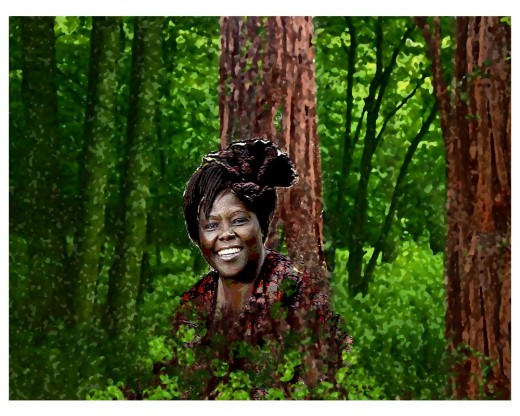
Wangare Maathai of the Green Belt Movement and Hatshepsut Makare of Ancient Egypt
Wangari was the Executive committee chair of the National Council of Women of Kenya when she started the Green Belt Movement around 1978. The original aim of the movement was to green the environment in order to stop the cycle of desertification, drought, malnutrition, famine and death! Through her Non-Governmental Organization, Wangari sought to correct the bad practices of reckless tree cutting that led to soil erosion by starting a tree planting campaign. A movement that was supposed to help the urban poor later spread the rural areas of Kenya and later the entire country. Today, the Green Belt movement is international, having been replicated in many countries and not only helps to improve the environment but also creates hundreds of jobs.
They say that prophets are not recognized at home. How true! Wangare never got even the ‘order of the Burning Spear’ commendation that is given to politicians who has served in previous governments in Kenya – sometimes even nominated people who never uttered a word that would help their constituents. The world gave her every honour that she did not get in Kenya - fifty five (55) and a Nobel Peace Prize to cap them all.
This Special Hub is my tribute to a woman who was sent by God to selflessly show us the right green path to follow for the protection of our environment and the future of our children.
I find at least two parallels with the Great Egyptian female Pharaoh, Hatshepsut – no, three.
What do Wangare and Hatshepsut have in common?
Hatshepsut was called MAKARE, a name that I find to share a root with WANGARE
1. Wangare - As a fearless woman
Wangare was demeaned several times by security forces. At one time she was beaten to unconsciousness. At another time, they pulled out her hair. She was to comment at her 71st birthday celebrations that the only time she had been sick was when she was in hospital to deliver her babies or when ‘Moi beat her up.’ Incidentally, former President Moi did not show up at her funeral.
2. Hatshepsut, Makare - A fearless woman
Hatshepsut ruled as Queen Regent for her nephew, Thothmes III. She took charge of the Egyptian Nation in a way that no woman had ever done before. She built the now famous temple at Deir el Bahari and made the famous trip to Punt.
3. Wangare - As a lover of the environment
Wangare recognized the value of trees and took action. Through her Green belt movement, actions and utterances, she has caused millions of trees to be planted all over the world. She rescued a park and Karura forest from greedy developers who would have added more concrete to public land. This is despite, beatings, humiliation and injury caused by the agents of the government. She personally planted a tree to commemorate anything and everything. At the burial sites of each of her own relatives she planted a tree. Many video clips show her planting trees with other women; local and foreign dignitaries and even school children. Whenever she saw the destruction of a tree or forest, she shed a tear or two. One memorable photo shows her smiling as she hugs a tree.
4. Makare - As a lover of trees
Hatshepsut funded the famous trip to Punt on the East African Coast, near present day Somalia and Lamu. She collected tree seedlings and went back home with thirty-one living myrrh-trees to plant. She is believed to have taken sycamore and olive seedlings as well. The roots were carefully kept moist in baskets throughout the return voyage in what is the first recorded effort to transplant foreign trees. Even if a few sycamores trees had originally existed in Egypt, there was a concerted effort by Makare to replenish the numbers. In her inscription, she promised her God Amon that she was going “to establish for him a Punt in his house.” Punt is today accepted as somewhere in present day Somalia where myrrh, known locally as malmal is used every day as a herb, an air-freshener and ‘evil spirits deterrent.’ A modern State which broke away from greater Somalia is called Puntland. Neigbouring Lamu is the only place in the world with the species of cat shown in Egyptian monument. Perhaps they are living testimony of Hatshepsut’s trip and royal gifts to the king of Punt.
5. Wangare - She fought for greater freedoms, for Mothers and their children
During the dark days of the oppressive single party rule, Wangare joined Mothers of Political Prisoners at Freedom Corner to agitate for the release of detainees. This activism lay the foundation for the repeal of ‘section 2 A’ that paved way for multiparty politics, the release of all political prisoners and greater political freedom. The general population gained a voice when previously everything was said in hushed tones. Unlike her compatriots in government when she was assistant minister for environment in a multiparty Kenya, she declined further appointments when she realized that they did not give her any real powers to defend the defenseless. She found it easier to continue with her fights for the environment and greater freedom for Kenyans from outside parliament than inside.

the Mau forest in Kenya
The Mau forest in Kenya is well known as an important water tower that has been grossly mismanaged in the last 30 years. It should be Kenya's answer to global warming. However, illegal loggers and squatters have reduced the forest to a fraction of what it was at independence. During the coalition government of President Kibaki, a big effort, spear-driven by prime Minister Oginga Odinga was made to remove squatters from the forest for relocation elsewhere. This highly emotive exercise reduced many of the squatters to paupers by the roadside as they were joined by opportunists who hopped to get free land from the government. A few weeks after the March 4th elections of 2013, it was reported in the press that some squatters had gone back. In that story, there was a picture with two huge tree stamps as an indication of the damage that has started all over again. This can only be the tip of the iceberg and the real damage is yet to come to the fore.
2. Hatshepsut, Makare - A fearless woman
Hatshepsut ruled as Queen Regent for her nephew, Thothmes III. She took charge of the Egyptian Nation in a way that no woman had ever done before. She built the now famous temple at Deir el Bahari and made the famous trip to Punt.
3. Wangare - As a lover of the environment
Wangare recognized the value of trees and took action. Through her Green belt movement, actions and utterances, she has caused millions of trees to be planted all over the world. She rescued a park and Karura forest from greedy developers who would have added more concrete to public land. This is despite, beatings, humiliation and injury caused by the agents of the government. She personally planted a tree to commemorate anything and everything. At the burial sites of each of her own relatives she planted a tree. Many video clips show her planting trees with other women; local and foreign dignitaries and even school children. Whenever she saw the destruction of a tree or forest, she shed a tear or two. One memorable photo shows her smiling as she hugs a tree.
4. Makare - As a lover of trees
Hatshepsut funded the famous trip to Punt on the East African Coast, near present day Somalia and Lamu. She collected tree seedlings and went back home with thirty-one living myrrh-trees to plant. She is believed to have taken sycamore and olive seedlings as well. The roots were carefully kept moist in baskets throughout the return voyage in what is the first recorded effort to transplant foreign trees. Even if a few sycamores trees had originally existed in Egypt, there was a concerted effort by Makare to replenish the numbers. In her inscription, she promised her God Amon that she was going “to establish for him a Punt in his house.” Punt is today accepted as somewhere in present day Somalia where myrrh, known locally as malmal is used every day as a herb, an air-freshener and ‘evil spirits deterrent.’ A modern State which broke away from greater Somalia is called Puntland. Neigbouring Lamu is the only place in the world with the species of cat shown in Egyptian monument. Perhaps they are living testimony of Hatshepsut’s trip and royal gifts to the king of Punt.
5. Wangare - She fought for greater freedoms, for Mothers and their children
During the dark days of the oppressive single party rule, Wangare joined Mothers of Political Prisoners at Freedom Corner to agitate for the release of detainees. This activism lay the foundation for the repeal of ‘section 2 A’ that paved way for multiparty politics, the release of all political prisoners and greater political freedom. The general population gained a voice when previously everything was said in hushed tones. Unlike her compatriots in government when she was assistant minister for environment in a multiparty Kenya, she declined further appointments when she realized that they did not give her any real powers to defend the defenseless. She found it easier to continue with her fights for the environment and greater freedom for Kenyans from outside parliament than inside.
A book by Wangari Maathai

18th Dynasty King list
Hatshepsut ruled at first in the place of her son, Thothmes III. But once she occupied the throne and tasted power, she ruled firmly and effectively even to the point of wearing male dress, previously worn by male Pharaohs only.
- Ahmosis I
- Amenhotep I (Djeserkare)
- Thothmes I (Aakheperkare)
- Thothmes II (Aakheperenre)
- Hatshepsut (Maatkare)
- Thothmes III (Menkheperre)
- Amenhotep II (Aakheperrure)
- Thothmes IV (Menkheperure)
- I Amenhotep III (Nebmaatre)
- Akhenaten (formerly Amenhotep IV)
- Tutankhamen (formerly Tutankhaton)
- Aye
- Horemhab (Akhenaten's Army general)
6. Makare - She gave Egyptian women greater freedom
Think of what must have happened to the harem she inherited from her husband when she became Pharaoh. The name Hatshepsut means Foremost of Noble Ladies and the ladies in the Harem were noble indeed – As a fellow woman Hastshepsut had no reason to oppress or exploit them. For the next twenty one years, women had greater freedom and power as can be attested by all the future queens. This must have had a trickledown effect to the common woman in Egypt. It is no wonder the Kikuyu say that ‘at one time women ruled over men.” Future Pharaohs such as Amenhotep II attempted to break the royal lineage by not recording the names of his own queens and by also eliminating the powerful titles such as, ‘God's Wife of Amun.’ This effort did not quite work as can be seen of future royal women such Akhenaten’s Queen Nefertiti and her daughters.
7. Wangare - An Olive tree was planted in her honour
It was a great honour when an Olive tree was planted at Freedom corner, in the space she fought so hard to save from developers. An Olive tree is called Mutamaiyo in Kikuyu. LSB Leakey has given the scientific name of the Kikuyu Olive as Olea chrysophylla. It is an interesting coincidence that the Olive tree was the sacred tree for women among the Kikuyu.
8. Makare the Great Olive
It is likely that Hatshepsut imported among the first ever Olive trees in Egypt. It is believed that present day European Olive trees are descended from Olea chrysophylla, a variety common in Ethiopia, Kenya and surrounding areas in Eastern Africa. In any case, the Olive was the Female Sacred tree in ancient Egypt, after the Male Sycamore. Since a certain queen had the name Mutemwiya, (which is close the kikuyu name for an Olive tree) it was probably a title that meant ‘the great Olive.’ The title has been associated with her progeny - Akhenaten’s Grandmother, Mutemwiya who used it instead of her real name. Both Wangare and Makare deserve the Title ‘Mutumia’ – an honoured woman in Kikuyu
Both women must be very satisfied with their work even as they rest in peace. Makare wrote on her monument:
“I have made for him (God) a Punt in his garden, just as he commanded me....It is large enough for him to walk abroad in it.”
Makare died in the 9th month of her 22nd year as pharaoh
Wangare died in the 9th month of 2011, after her 71st birthday
Make a comment below about what Wangare Maathai must be saying to God about her work on earth.
This content is accurate and true to the best of the author’s knowledge and is not meant to substitute for formal and individualized advice from a qualified professional.
© 2011 Emmanuel Kariuki

